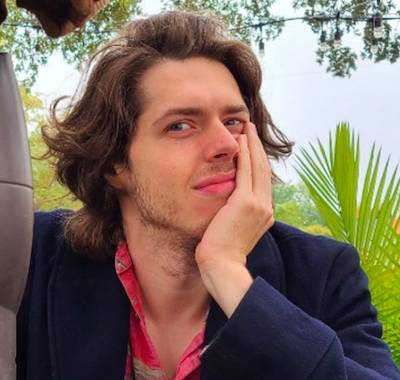“Jurassic World: Rebirth” Production Designer James Clyne on Creating Killer Labs and Animalistic Architecture
Production designer James Clyne recreates and modernizes the dinosaur playground gone wrong that first blew our minds in Steven Spielberg‘s 1993 classic Jurassic Park. Back then, that playground—or theme park, to be more accurate—was the brainchild of John Hammond (Richard Attenborough), and like all children, it had a mind and personality of its own, determined to become something other than its parents’ fervent wish. In Jurassic World: Rebirth, Clyne introduces audiences to hidden labs on Isla Saint-Hubert, known as “Site B,” more of a theoretical theme park for scientists experimenting with creating dino hybrids. Clyne develops familiar sights and settings, drawing inspiration from production designer Rick Carter (Jurassic Park), with whom he collaborated on Spielberg’s A.I. Artificial Intelligence and Lincoln.
For director Gareth Edwards’ Jurassic World: Rebirth, the production designer was tasked with filling spaces with danger around every monolith, in every cave, and behind every tree. A mercenary of sorts, Zora Bennett (Scarlett Johansson), is hired to infiltrate the abandoned hybrid-dino island. Along with Dr. Loomis (Jonathan Bailey) and Duncan Kincaid (Mahershala Ali), Zora and her hired guns have the nice and easy job of retrieving DNA from man-eating dinosaurs that could cure hearts and save lives. Piece of cake, save for all the things on the island that can kill you, and intend to do just that.
Clyne initially envisioned a career designing cars, but after over two decades in the film industry, he’s now creating vehicles — as well as science labs and temples — for the big screen. We chat with him about recreating the prehistoric past and imagining the scientific future.
You studied automotive design back in school; that was the career path you were on. You’ve got to design a truck that’s pivotal in Jurassic World: Rebirth. How’d your automotive skills help you there?
The truck that you see in Rebirth was one of the first things that Gareth had us design. Initially, I thought, ‘We have such little time on this film; maybe I’ll get some Land Rovers and do a cool paint job.’ I remember Gareth saying, “Well, we’re in Jurassic Park. If we have a vehicle, why don’t we design one from the ground up?” It’s like, okay, alright. And so, those skills of being an automotive designer certainly helped – not only with vehicles, but worlds themselves and industrial design. In a way, I get to have my cake and eat it, too. I don’t have to spend 10 years developing a vehicle for Mercedes or Toyota. I get to create an entire vehicle within five weeks.
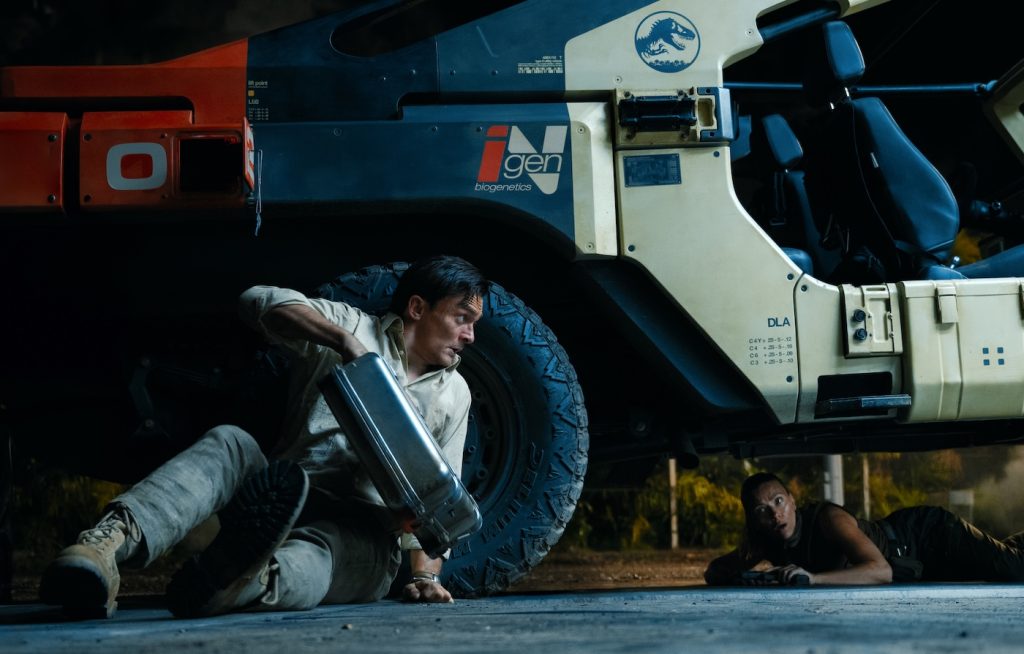
How does the aesthetic of Spielberg’s original film and the work of the production designer Rick Carter guide you?
With Rebirth, it was a challenge because we didn’t want to compromise the inherent look of Jurassic Park. There were touchstones that we constantly wanted to keep throughout. For the truck itself, that red color on the truck is an exact color match of the original security Jeep from Jurassic Park. We found one of the Jeeps at Universal Studios in L.A. and took a sample from it to match exactly. You’ll notice the red throughout the film. Another example of using the classic Jurassic Park aesthetic is at the end. They go to these kinds of thermal structures on the island when the two groups meet up at the end. In the first movie, they featured these angled, almost concrete-like pieces of architecture. We took that design, updated it, and created our world out of it.
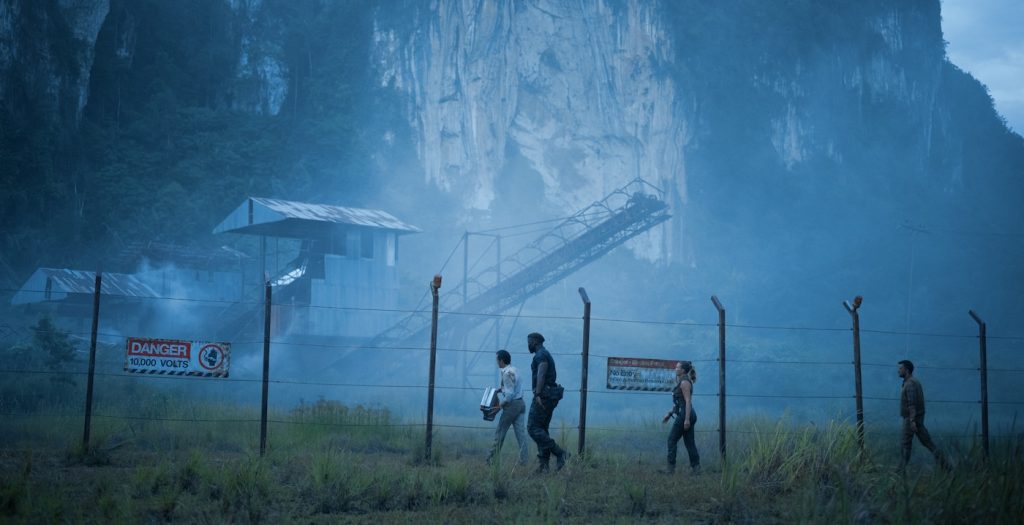
The opening of the film is a laboratory, where, in Jurassic Park fashion, things go terribly wrong. How’d you want to update the franchise’s past labs?
The lab was the most expensive set that we did for the entire movie. It was my opportunity to create a high-tech, clean-room aesthetic. In my mind, this island was more like an advanced program. Think of it like Skunk Works, a Lockheed Martin kind of advanced program, where they were given all the money and technology to build whatever. I wanted the lab to reflect that ability to throw money at something and create something incredible.
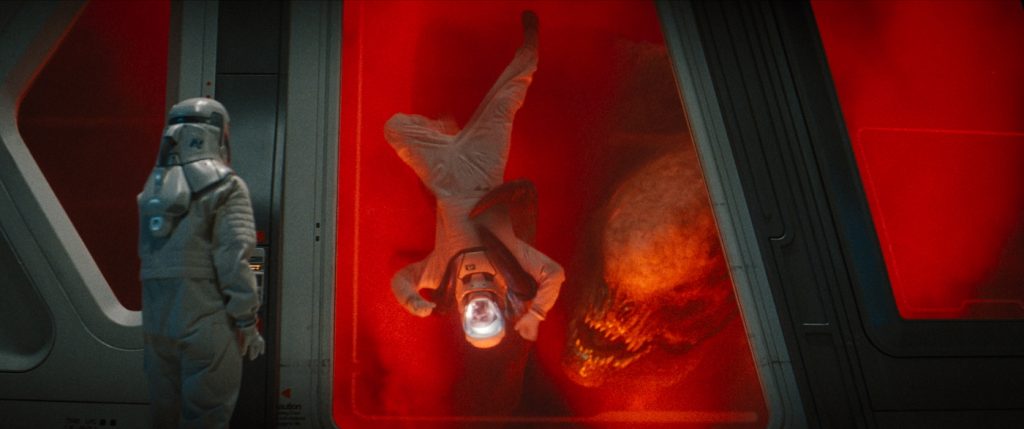
Was everything in that environment practical? For example, the big glass door where we see the employee get eaten?
Gareth wanted that door to be massive. It’s all in-camera. Not only was the glass probably 18 feet tall, allowing him to really get the camera in there to see the creature come in, but there was also a huge circular door that we built on set. I just tried to build the largest door I could possibly fit into the stage at Elstree [Studios]. Some of the set is inspired by brutalist architecture – the big concrete beams that you see holding up the structure. And for that white, we used automotive-grade paints to achieve the perfect finish. So, that probably goes back to what you were questioning in the beginning, of that automotive tie.
For the lab, how do you and the prop team create not only a cinematic but convincing set?
On some level, for a movie, you just want things to look interesting. We examined a number of labs, but they’re so clean that there’s almost nothing visible. We wanted to have the tools seen and laid out. We even built instruction manuals, and if you open one, you’ll find a bunch of literature on dissection and dinosaur DNA. All those levels we knew the camera might not pick up on, but we had to be ready for it, because if Gareth put his camera right on something, we needed to have that level of fidelity and detail.
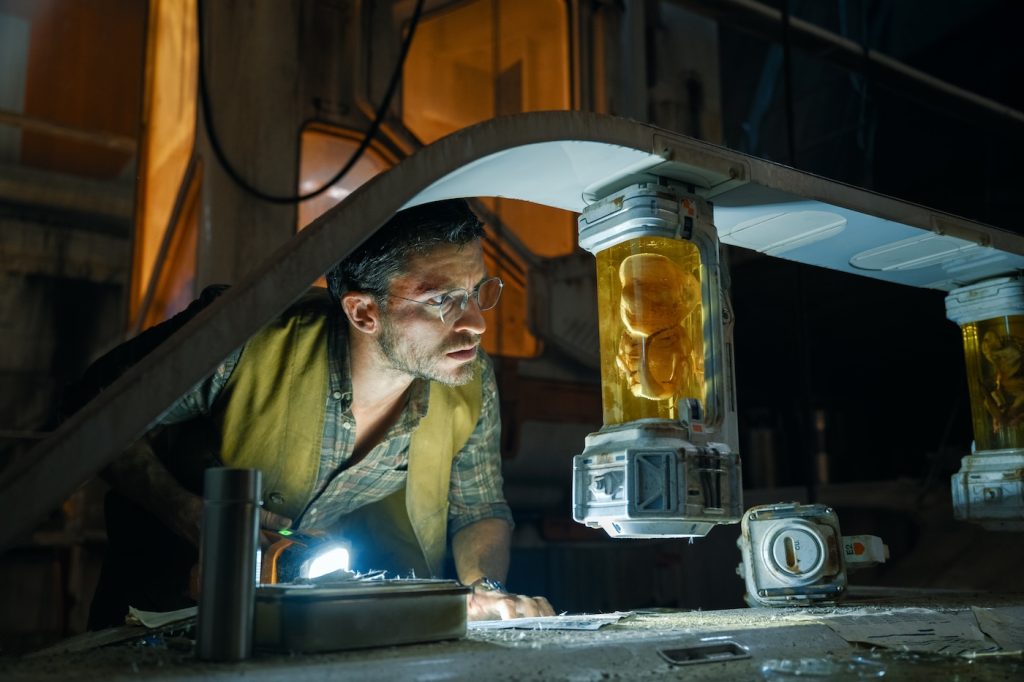
You and Gareth create a lot of scope even in restricted sets. When Zora (Scarlett Johansson) and Dr. Loomis (Jonathan Bailey) retrieve DNA from the Quetzalcoatlus’ nest – the temple – it’s claustrophobic, but at the same time, a major set piece. How do you create such scale in a tight set?
There is a lot of back and forth, as we try to understand where Gareth wants to place the action. Also, how large that dinosaur is dictates the size of the space. That’s when we got our heads wrapped around that. We start to build little models. We do concept art. We show them to Gareth. He reacts. I had this idea that there’s a mouth at the end of the temple that relates, obviously, to the large mouths of dinosaurs. That wasn’t in the script. It was just something to play with, this feeling you’re almost in the throat of a dinosaur, but you’re in this temple.
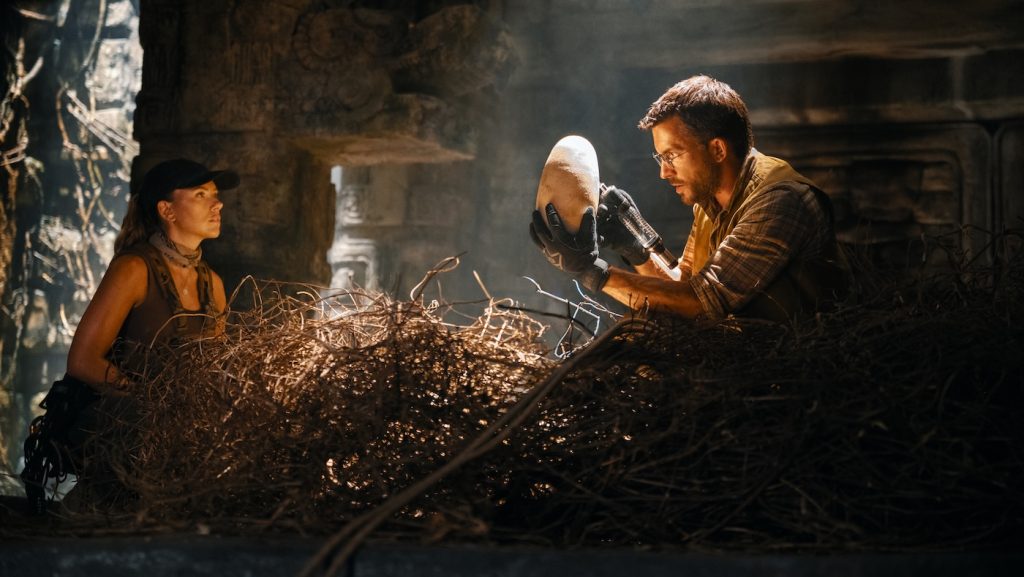
Were there other sets you wanted, like the Temple, to feature animalistic qualities?
Everything we did, I wanted it to feel a little like an animal. Even the ship had this weird graphic texture or pattern on it. The pattern is almost a graphical representation of a dinosaur. You can see the stripes on the Titanosaurus — there’s red on it. There are patterns and colors that we pushed in the dinosaurs themselves. I wanted the world to reflect that, too. Even the truck, I wanted it to feel animalistic, like a creature. I tried to push that as much as I could.
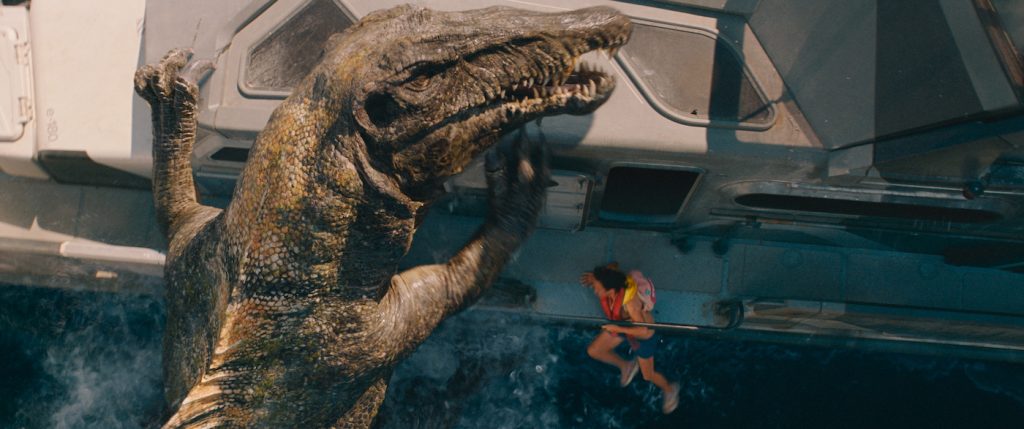
As someone who’s worked on several Steven Spielberg productions, like Minority Report and Lincoln, how’d those experiences shape you as the production designer you are today?
I learned something from him in that he could be very graphic with his imagery. He can focus and use the set to his advantage. I think things become very complicated in the design world and the film industry these days, with all the technology we have. I’m constantly trying to tell myself: make it simpler, more graphic. Simpler and more graphic is more cinematic. Maybe that’s what I’ve learned from him above all.
Jurassic World: Rebirth is in theaters now.
Featured image: D-Rex in JURASSIC WORLD REBIRTH, directed by Gareth Edwards.

